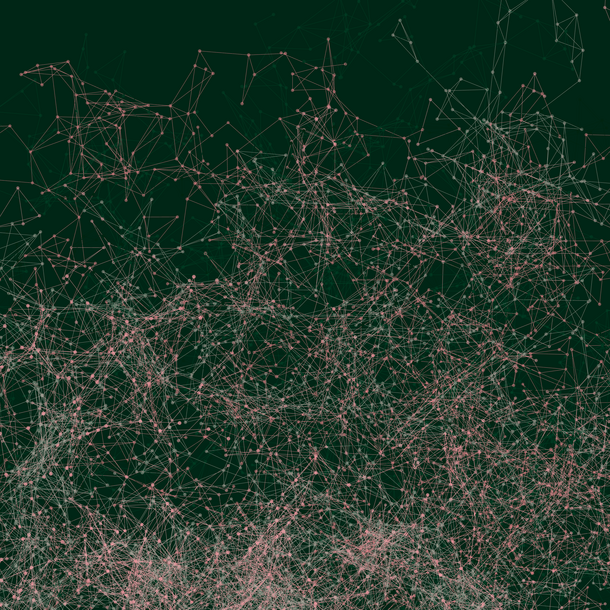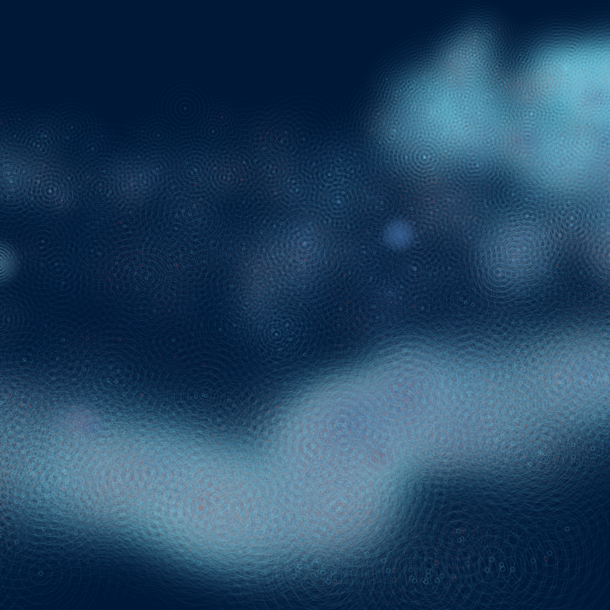Tracking extended internal stratigraphy in ice sheets from machine learning approaches
Doctoral Researcher:
Hameed Moqadam, AWI and Jacobs University Bremen, hameed.moqadam@awi.de
Supervisors:
- Prof. Dr. Olaf Eisen, Alfred Wegener Institute - Helmholtz Centre for Polar and Marine Research, University of Bremen, olaf.eisen@awi.de
- Prof. Dr. Adalbert F.X. Wilhelm, Jacobs University Bremen, a.wilhelm@jacobs-university.de
Location: Bremen/Bremerhaven
Disciplines: Glaciology, machine learning, image processing
Keywords: Radio-echo sounding, ice stratigraphy, machine learning
Motivation and aim:
Polar ice sheets Greenland and Antarctica are an integral part of the climate system and understanding their history, dynamics and past accumulations rates determines projections of sea level change. One way to investigate these characteristics is radar reflections. Ice-sheet englacial stratigraphy has been around for more than 5 decades and radio-echo-sounding (RES) has been used as the primary technique to detect internal layer architecture, which has investigated for distances of several thousand kilometres. Airborne radar sounders are powerful tools to achieve a wide coverage from the glacial ice depth.
Investigation of glacial layers (isochrones) is of great importance for instance for extracting spatial age-depth relationships, past ice dynamics and paleoclimatological studies. Internal layer detection has been so far done mostly through a semi-automatic process, which is prone to shortcomings in terms of continuity and layer geometry. Therefore, the use of machine and deep learning to perform this task automatically will make a significant difference in layer detection in terms of efficiency and accuracy.
Objectives:
The proposed project aims at developing a suitable ML/AI algorithm to automatically analyse and categorize RES internal layer architecture to eventually provide spatial age-depth distributions, benchmarks for ice-dynamic models and inform about ice-sheet history. The specific tasks are as follows: (i) evaluate the performance of the present algorithms, based on statistical properties of RES data and image processing approaches, (ii) derive and further develop the suitable ML algorithm from the most proficient ones, (iii) evaluate the performance of the algorithm on a set of Greenland data recorded with AWI’s UltraWideBand RES system.
References
- MacGregor, J., et al. (2015). Radiostratigraphy and age structure of the Greenland Ice Sheet. Journal of Geophysical Research: Earth Surface, 120(2), pp. 212-241.
- Franke, S., ..., Eisen, O. (2020) Bed topography and subglacial landforms in the onset region of the Northeast Greenland Ice Stream, Ann. Glac., doi: 10.1017/aog.2020.12
- Kosov, S., Shirahama, K., and Grzegorzek M. (2018) “Labeling of partially occluded regions via the multi-layer CRF.” In: Multimedia Tools and Applications, pp. 1–19
- Winter, A., ..., Eisen, O. (2019) Age stratigraphy in the East Antarctic Ice Sheet inferred from radio-echo sounding horizons, ESSD, doi: 10.5194/essd-11-1069-2019.









